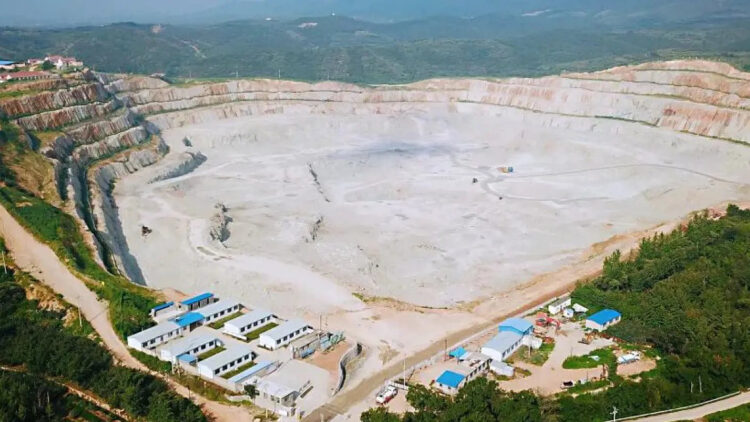Texas is stepping into the spotlight as a golden energy mine, with its vast reserves of natural hydrogen poised to change the southern state’s energy landscape for the better. Once a major hub for traditional fossil fuels such as coal and oil, Texas is now leading the charge in hydrogen production, taking advantage of underground reserves that could fulfill energy needs for centuries. This transformation is not just a testament to their longstanding prowess in energy innovation, but it also signifies a pivotal shift towards a more sustainable future.
The emergence of natural hydrogen in Texas
Natural hydrogen—often referred to as “white hydrogen”—is generated underground through natural geochemical processes, which provide distinct advantages over synthesized hydrogen. Companies such as MAX Power Mining Corp. and Larin Engineering HHC are conducting comprehensive studies across Texas to identify promising sites for exploration.
According to Pavel Painkov, general manager of Larin Engineering, the Lone Star State shows tremendous potential for white hydrogen projects, especially in terms of geological and engineering perspectives.
This exploration could serve as a scalable model for natural hydrogen projects across the United States.
The birthplace of the modern oil industry, the Spindletop oil well, in 1901 illustrates Texas’ rich energy legacy—today, this same spirit of innovation is driving the exploration of hydrogen. At Spindletop, Air Liquide has established a facility that stores approximately 4.5 billion cubic feet of pressurized hydrogen, which is envisioned as a critical component in combating climate change.
As noted by Bryan Fisher, a managing director with RMI, a nonprofit organization that supports clean energy transition, “We can be the breadbasket for not only the U.S. but for the world in providing hydrogen.”
Economic prospects and major investments in natural hydrogen production
The potential for hydrogen to function as a clean fuel for various industries—from transportation to steel manufacturing—positions Texas at the forefront of the energy transition.
To that end, HIF Global has announced a $6 billion renewable hydrogen facility in Matagorda County, aimed at producing cleaner fuels.
This facility is the second-largest lean hydrogen initiative in the U.S., highlighting Texas’ role as a burgeoning hub for hydrogen production. Boasting a robust hydrogen pipeline network and a skilled workforce, the state is well-equipped to support the hydrogen economy.
The path forward: Addressing environmental concerns and community needs
Although the prospects of hydrogen production are promising, they don’t come without challenges. Communities located near potential production sites are concerned about environmental and social impacts, especially given Texas’ history of industrial pollution.
Critics such as David Schlissel of the Institute for Energy, Economics, and Financial Analysis warn against relying too heavily on hydrogen produced from natural gas, stating that such methods shouldn’t be considered an environmentally friendly solution.
“Producing hydrogen from natural gas is not clean, not low-carbon, and cannot and should not be considered a solution in our efforts to solve the world’s worsening climate change crisis,” Schlissel argues.
As Texas undergoes this energy shift, it’s vital to engage local communities in discussions about hydrogen production. Ensuring that development aligns with community needs and addresses environmental risks will be crucial. Economic opportunities must also be sustainable and equitable, moving beyond short-term construction jobs to create lasting benefits for residents.
On the cusp of a hydrogen revolution, Texas has a prime opportunity to redefine its energy landscape for centuries to come. The state’s commitment to exploring natural hydrogen reserves and investing in clean energy initiatives reflects its capacity for innovation. However, the success of this transition hinges on tackling environmental and social concerns, guaranteeing a viable future as Texas leads the renewable energy charge.

